India’s Western Ghats are among the world’s richest herpetofaunal hotspots—home to hundreds of endemic frogs, snakes, lizards, caecilians, and geckos. The monsoon breathes life into these ancient forests, drawing herpers, researchers, and nature lovers from around the world. Top locations include Amboli, Bhagwan Mahavir Sanctuary (Goa), Coorg, and Munnar—each offering distinct elevation, habitat, and species profiles. The best time for herping is the monsoon and early post-monsoon, from June to September. Access is easy via Goa, Belgaum, Mangalore, or Cochin, depending on the site.
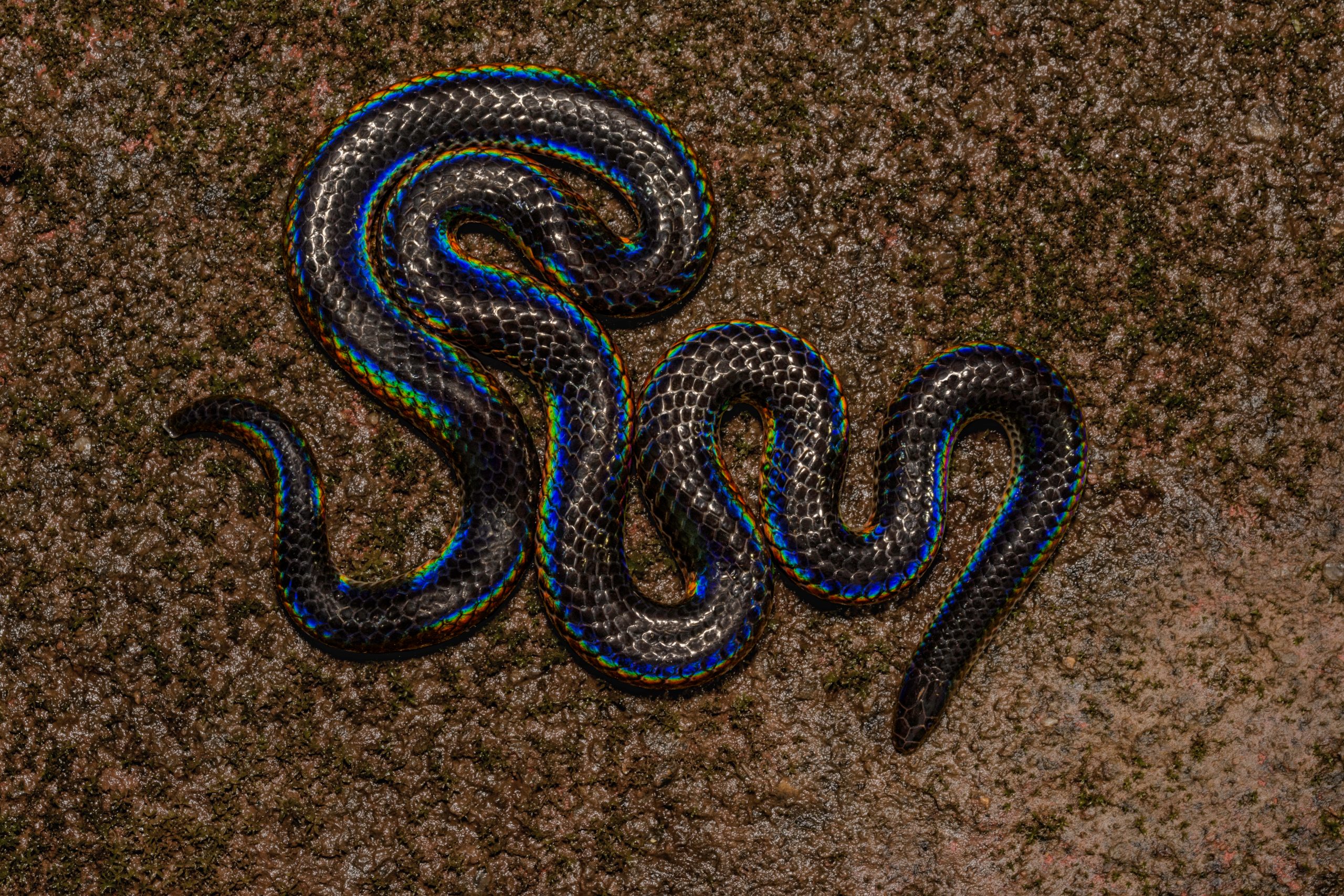
At A Glance
Goa, Belgaum, Mangalore, Cochin
June–September
Evergreen Rainforest, Lateritic Plateaus, Montane Grasslands
03 Days
Amboli, Bhagwan Mahavir (Goa), Coorg, Munnar
These are four of India’s richest herping hotspots. We can also add places like Agumbe, Kudremukh, or Kalakad for longer, specialist-focused expeditions.
Places to Go:
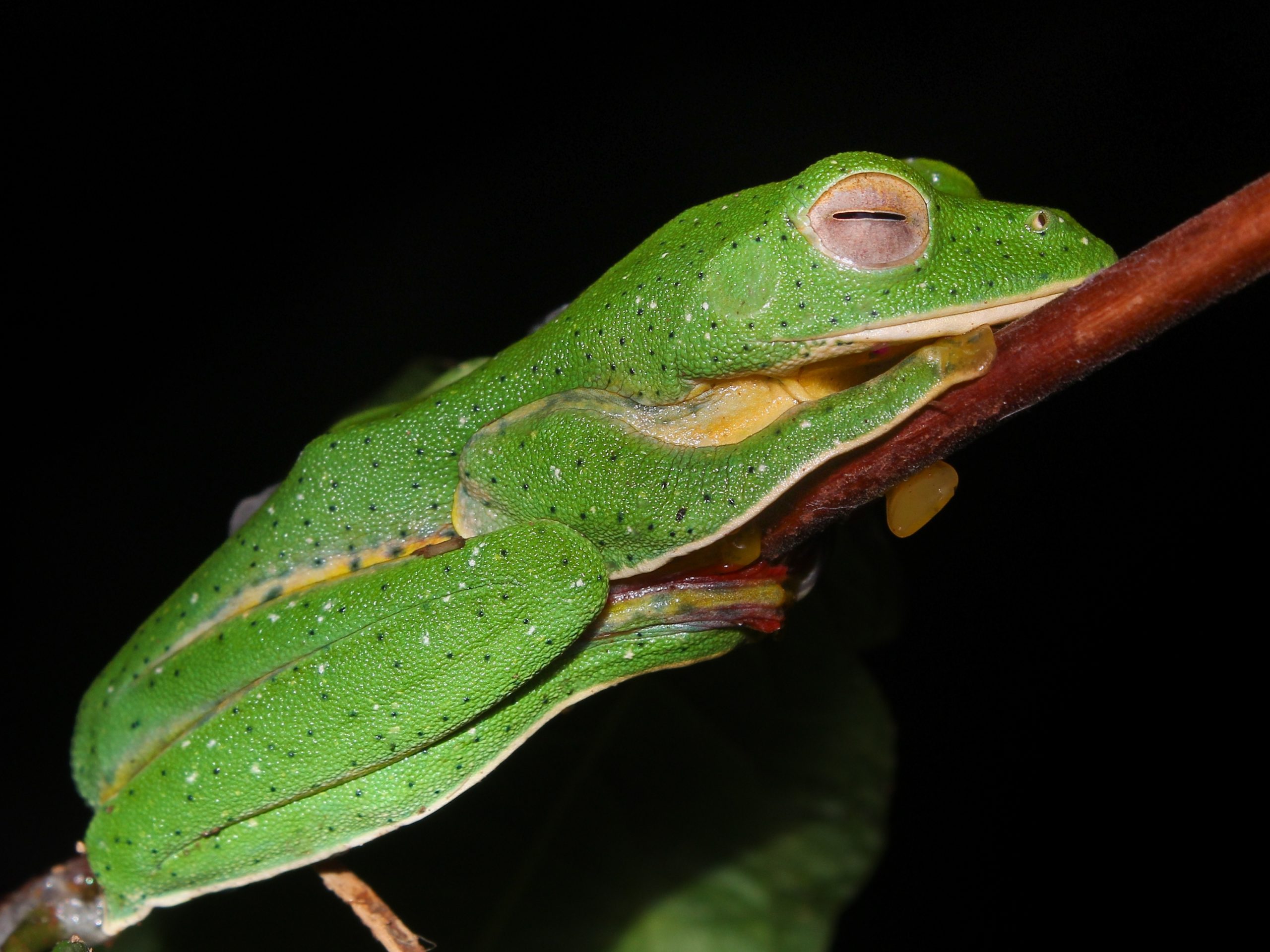
Bhagwan Mahavir Sanctuary (Goa) (~200–800 m; lowland evergreen): Hump-nosed Pit Viper, Forest Litter Frog, Indian Rock Python; Goa’s best-kept herping secret with lush trails and excellent night walks..
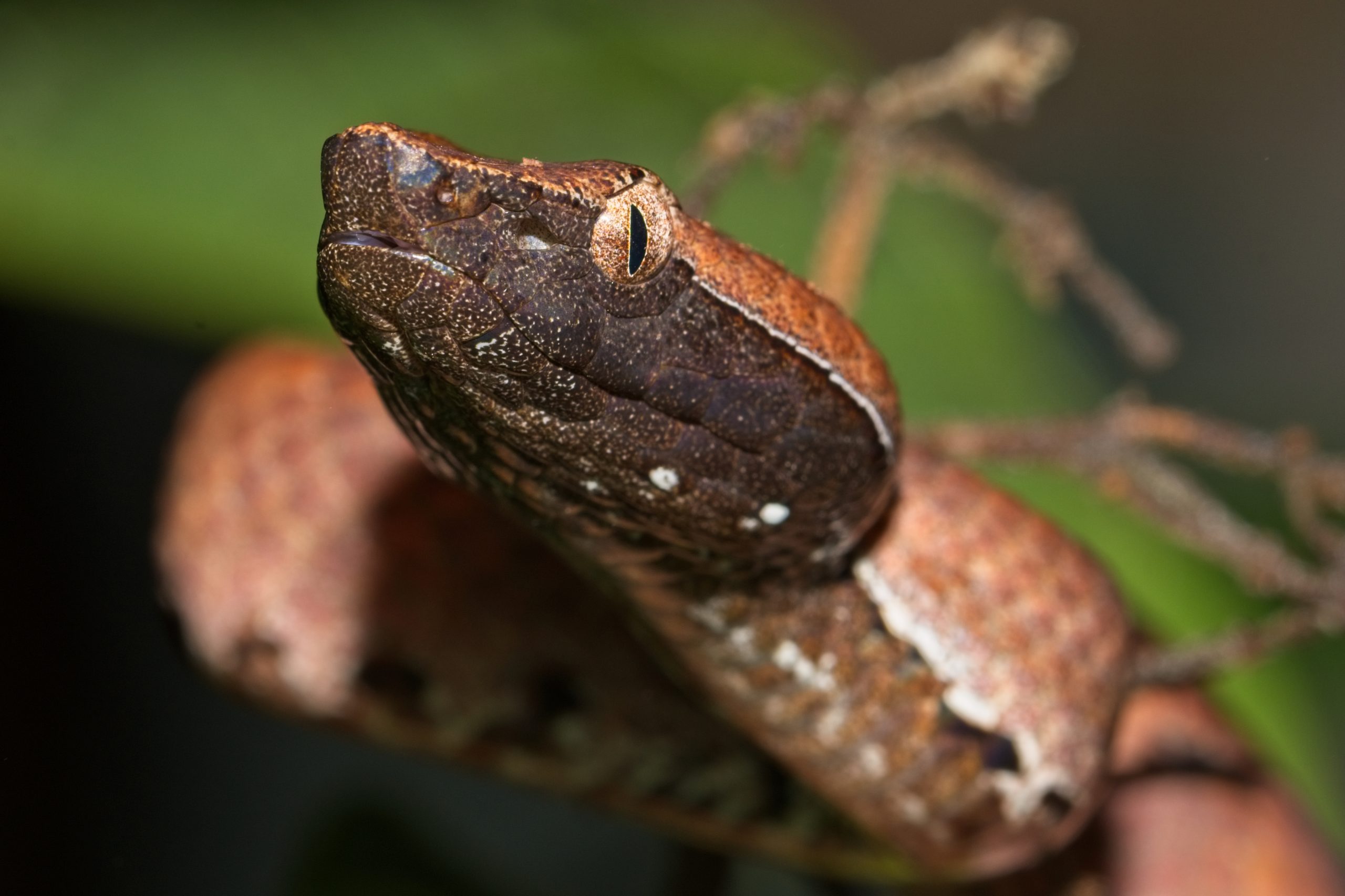
Coorg (Karnataka) (~900–1,300 m; coffee estate & rainforest mix): Coorg Yellow Bush Frog, Bamboo Pit Viper, Malabar Tree Toad; great for beginners and pros alike amidst scenic plantations and forests. .
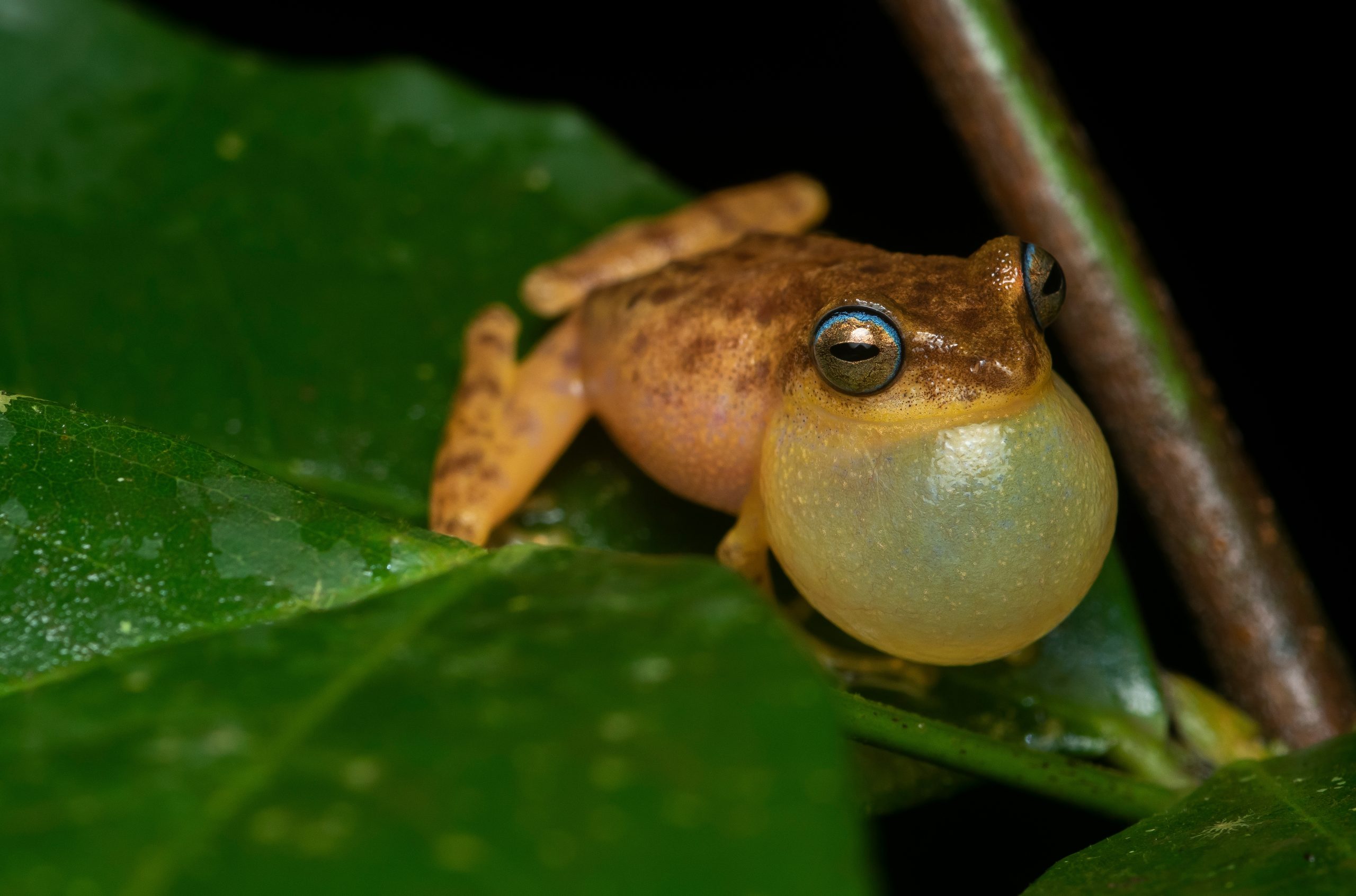
Munnar (Kerala) (~1,500–2,500 m; shola-grassland mosaic): Anaimalai Gliding Frog, Griet Bush Frog, Gunther’s Vine Snake; high-elevation herping with crisp air, endemic species, and unique amphibian calls..
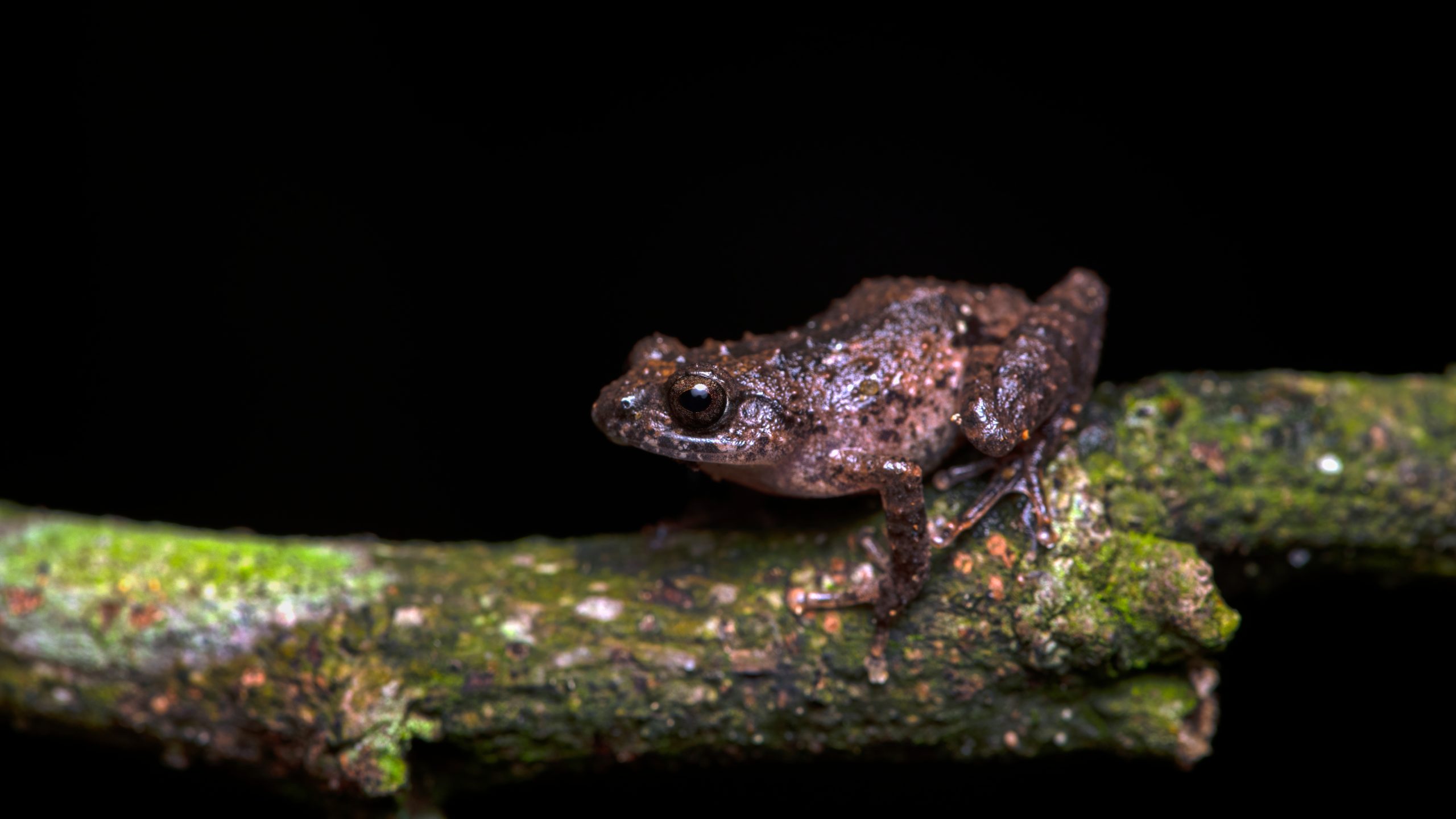
Suggested Itineraries
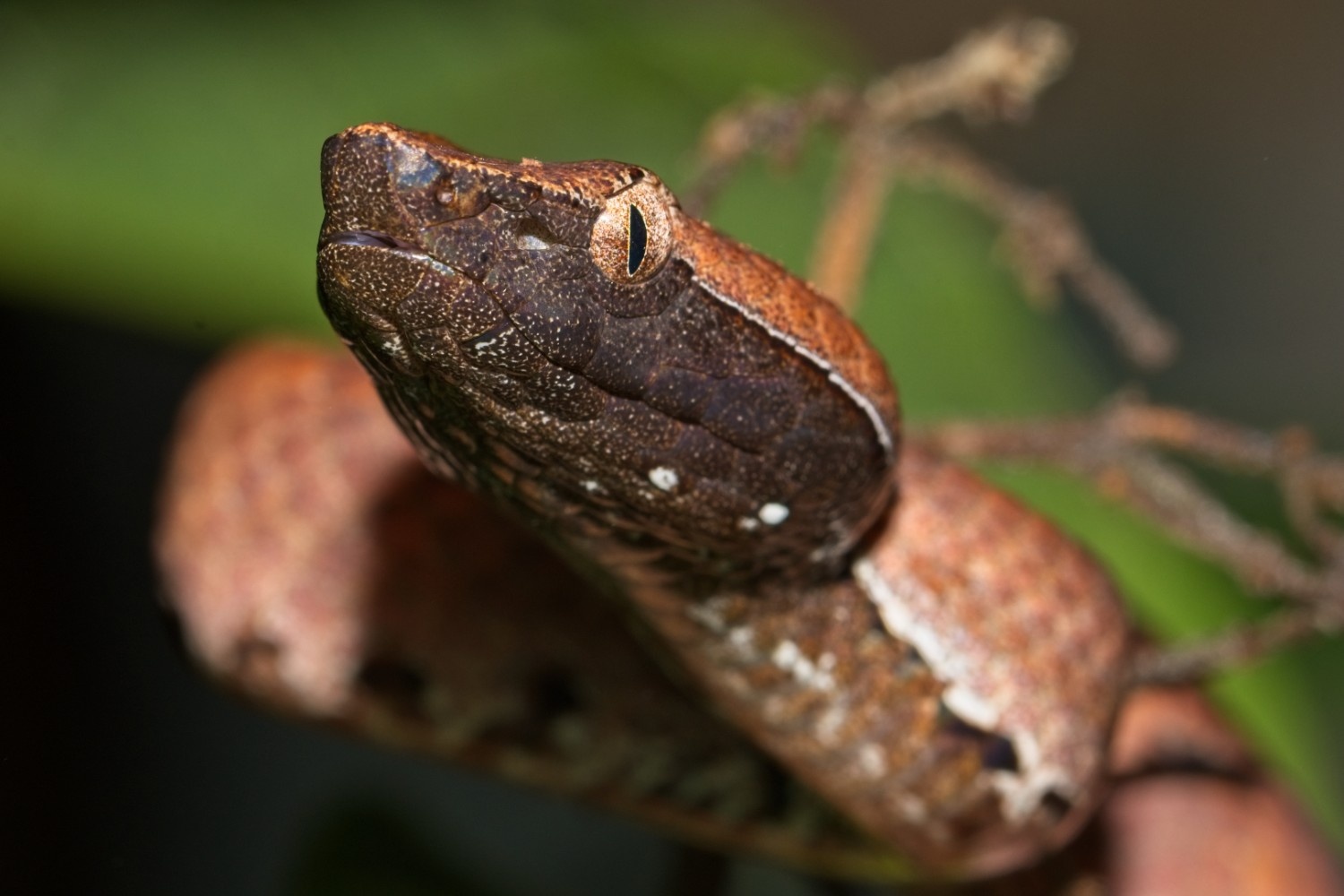
Trail of Scaled Shadows
9 nights, 10 days
Explore four diverse herping zones: Amboli, Goa, Coorg, Munnar.
Night walks spotlighting endemic amphibians and reptiles.
View Highlights